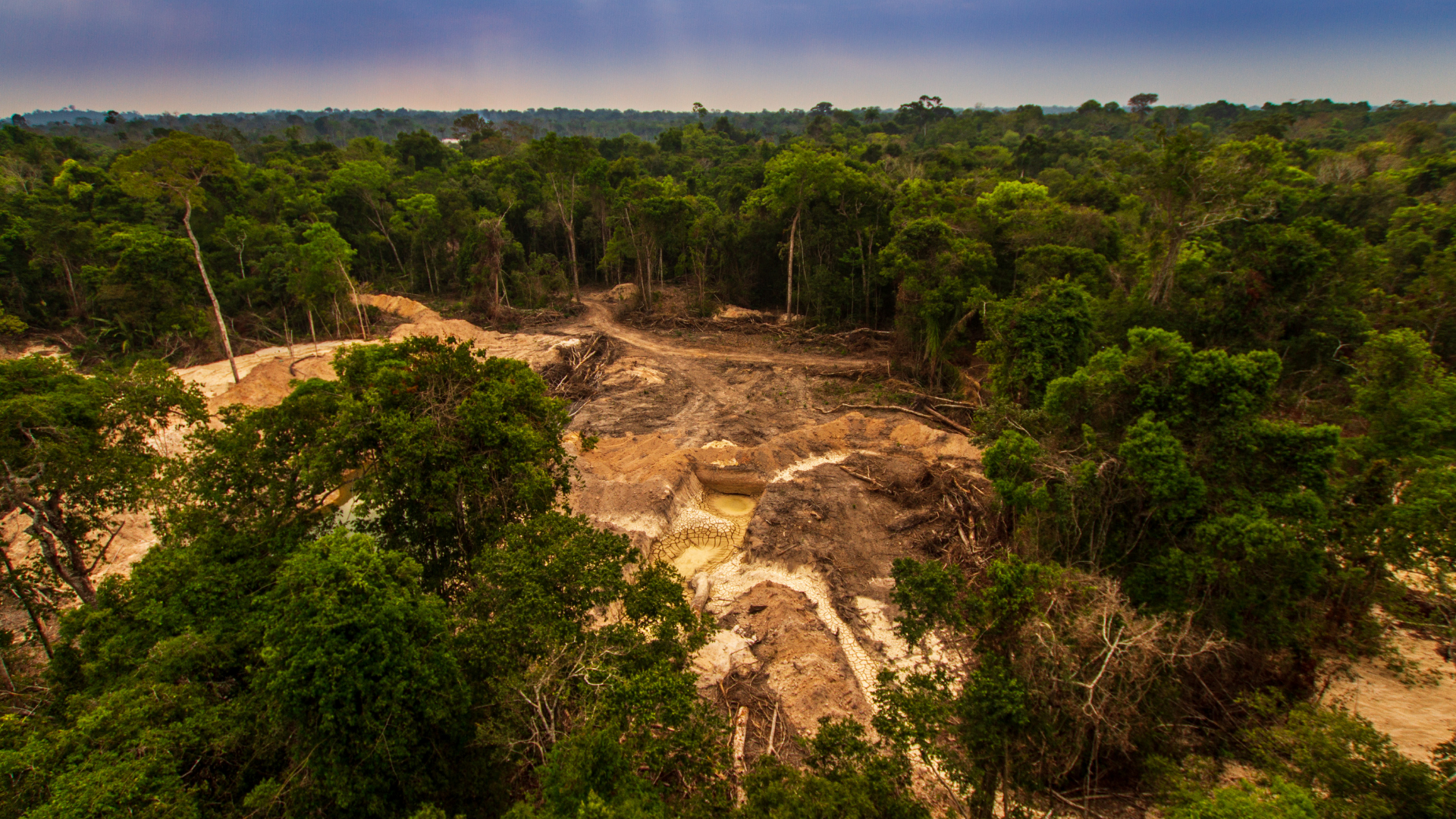
Stori Smith
Senior Staff Writer for SAFE Worldwide
Amazon Extinction Debt

The Amazon is many things: the world’s largest rainforest, home to one million Indigenous people, a carbon sink helping to alleviate climate change. It is also a biodiversity hotspot providing habitat for 10% of all known species on this planet. Sadly, decades of deforestation have jeopardized all of the Amazon’s important functions. While this fact has long been acknowledged, deforestation’s effect on extinction may be significantly worse than previously assumed. If all deforestation stopped today, the Amazon would continue losing species. Scientists estimate 80% of the Amazon’s extinctions driven by deforestation are still to come. The Amazon is in debt, extinction debt, and we need to pay attention.
What is Extinction Debt?
Extinction debt happens when there is a time lag between disturbance and extinction. It is the future loss of species caused by past events. In deforestation’s case, cutting down trees may not directly kill off a species, but the resulting reduction in habitat, decreased resource availability, and increased habitat fragmentation eventually does. By destroying more land before previous deforestation’s effects have time to play out, we rack up an extinction debt. That’s how we’ve cut, burned, and plowed our way to an anticipated 2 mammal, 5 bird, and 1 amphibian extinction on average per 2500 square kilometers (about 965 square miles) of the Amazon Rainforest. We’ve already sentenced an estimated 38 Amazonian species to imminent local extinction. If we don’t drastically reduce deforestation, nearly all Amazonian species may follow them by the year 2050.
What Can We Do?
While that devastating fate is possible, it is also preventable. Some scientists encourage focusing conservation efforts where the projected extinction debt is highest. Others suggest doubling down on Brazil’s Forest Code. The law passed in 1965 with intentions of preserving native plant growth and restoration but has been weakly enforced. There was, however, a decrease in Amazonian deforestation for several years until a recent spike in 2019. We need to encourage the Brazilian government, citizens, and ourselves as global consumers of goods produced in the Amazon to follow the Forest Code, restore Brazil’s natural habitat, and bring down deforestation rates. While forest restoration and regeneration won’t cause immediate species recovery, prioritizing forests just might allow us to reverse some of our debt and ensure the Amazon remains rich in biodiversity.
Want to learn more about threats to the Amazon? Read our article on the beef industry’s impact on the rainforest.
Sources
“Brazil’s Forest Code.” The Nature Conservancy, https://www.nature.org/en-us/about-us/where-we-work/latin-america/brazil/stories-in-brazil/brazils-forest-code/
Sample, Ian. “Amazon’s doomed species set to pay deforestation’s ‘extinction debt.’” The Guardian, 12 July 2012, https://www.theguardian.com/environment/2012/jul/12/amazon-deforestation-species-extinction-debt
Shukman, David. “Brazil’s Amazon: Deforestation ‘surges to 12-year high.’” BBC News, 30 Nov. 2020, https://www.bbc.com/news/world-latin-america-55130304
Thompson, Helen. “Most of Amazon Rainforest’s Species Extinctions Are Yet to Come.” Scientific American, 13 July 2012, https://www.scientificamerican.com/article/most-amazon-rainforest-species-extinctions-yet-to-come/
Wearn, Oliver R., Daniel C. Reuman, and Robert M. Ewers. “Extinction Debt and Windows of Conservation Opportunity in the Brazilian Amazon.” Science, vol. 337, no. 6091, 2012, pp. 228-232


